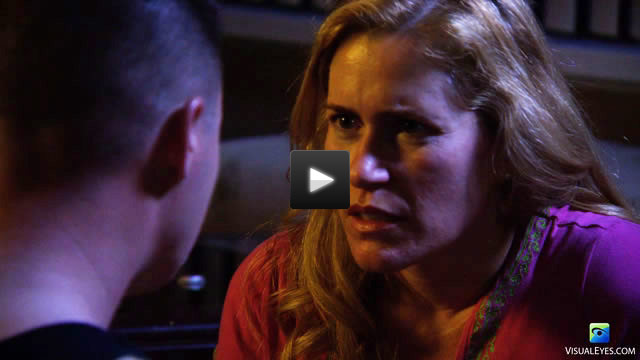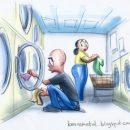We’d like to show you an example of a small part of an emotive story that we’ve developed. Healing stories, like most stories, have three elements of plot: Conflict — which identifies the problem to be solved; Climax — the point of highest tension, — and Resolution.
In this clip you’ll see the conflict of a young veteran who is struggling with PTSD.
As you can imagine, there is rising action leading to this scene and there will be a climax at some point after this scene followed by a resolution.
At this point there is uncertainty– will she get help? What will lead her to the help she needs? Will she make it or will she use the broken glass to harm herself? If she does, will it cause her death, or be the impetus for a resolution that ends in healing?
We could have shown you a PowerPoint of the symptoms of PTSD — or the video? Which one do you think you’d remember six months from now?












Comments are closed.